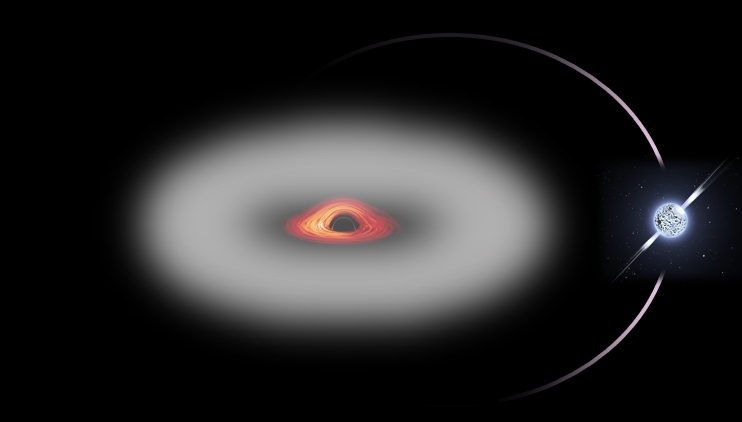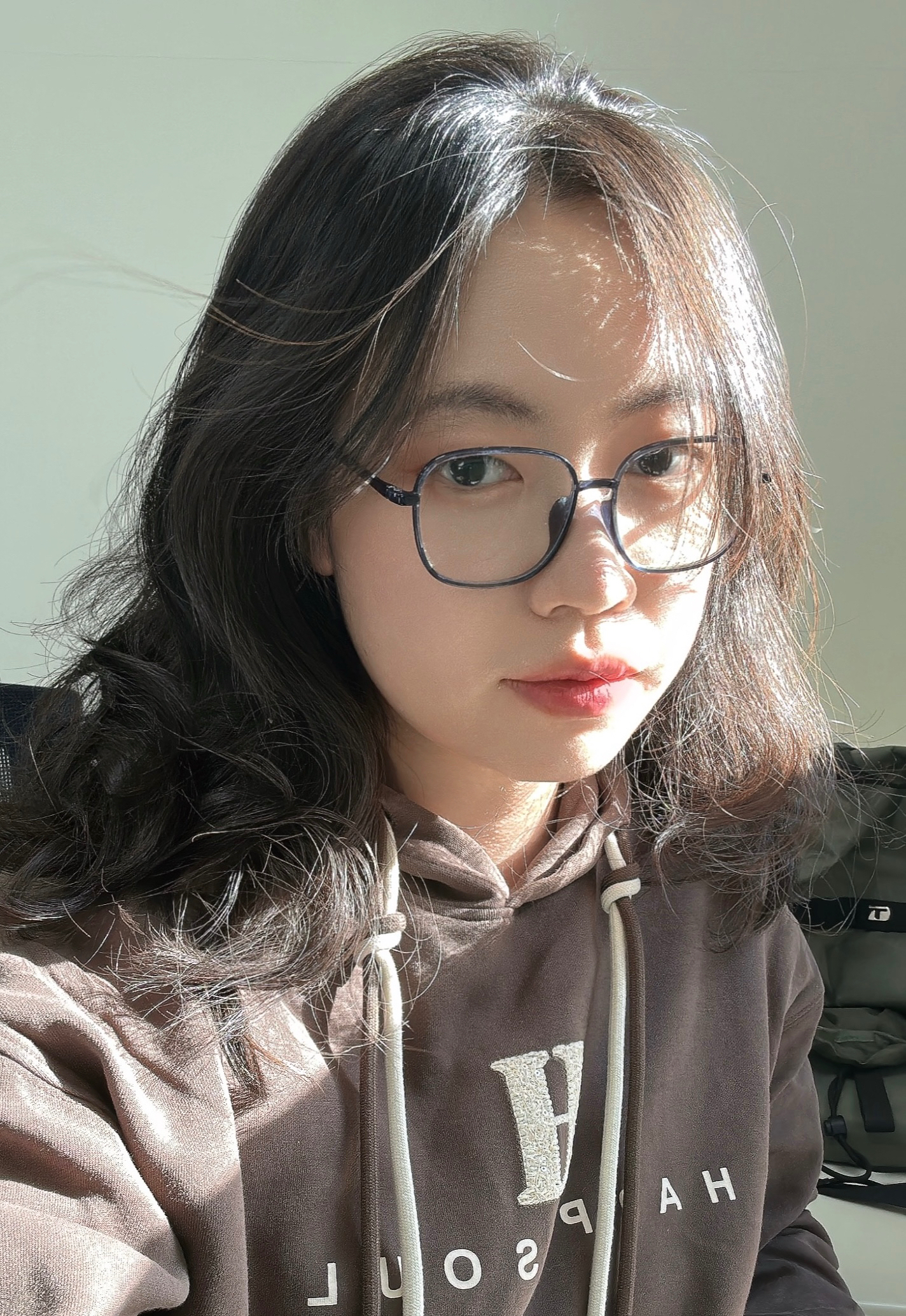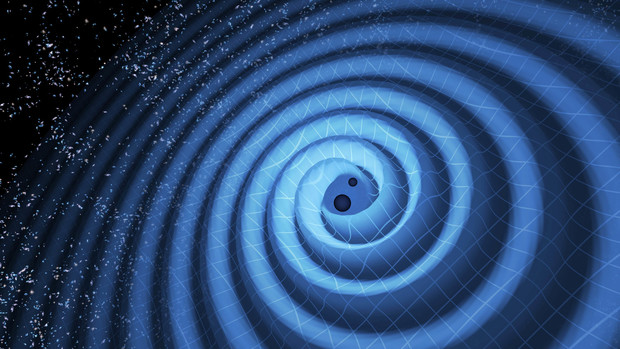Black Hole Superradiance
The LIGO-Virgo-KAGRA (LVK) collaboration has offered groundbreaking insights into black holes (BHs), which are central to modern physics, serving as unique laboratories for studying the universe. A key aspect of rotating BHs is their interaction with ultralight bosons, such as axions, promising candidates for dark matter. Through the phenomenon of superradiance, axions can extract energy and angular momentum from black holes, forming dense clouds around them. This structure, akin to an electron in a hydrogen atom, is termed as “gravitational atom (GA)”. Superradiance phenomena can produce observable signatures in the electromagnetic or gravitational wave (GW) spectrum. It gives unique predictions in the binary black hole (BBH) coalescence, which can be possibly observed by the LVK collaboration. Furthermore, the spectrum of the “gravitational atom” opens a window to study spacetime dynamics near rotating black holes, furthering our understanding of general relativity under near-extreme conditions. 

